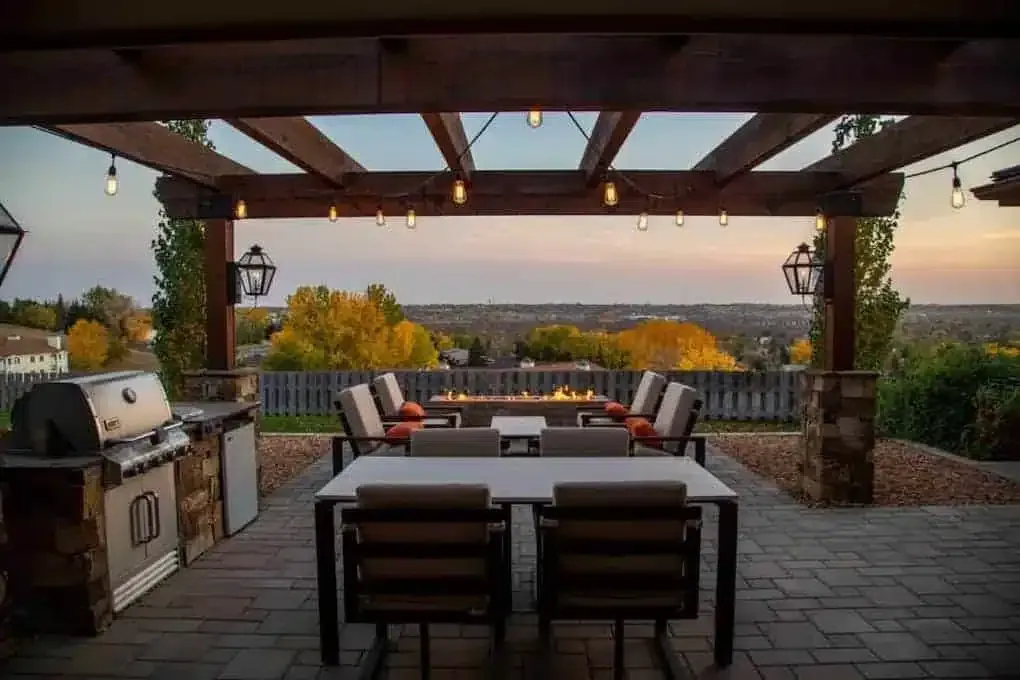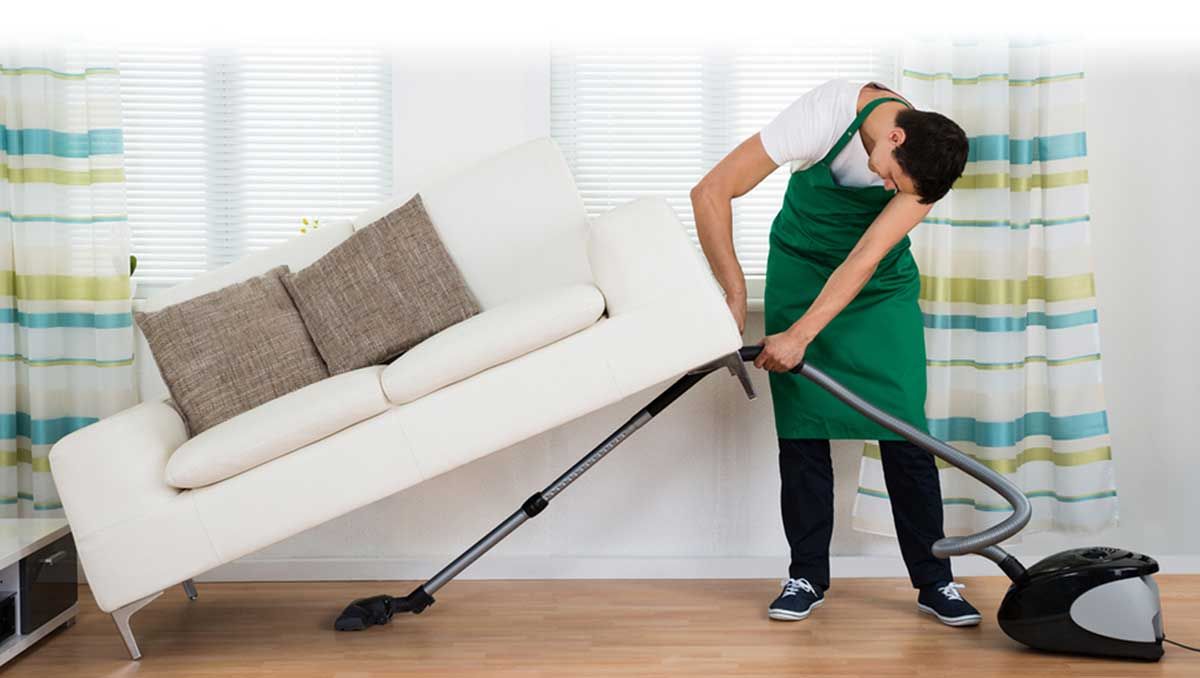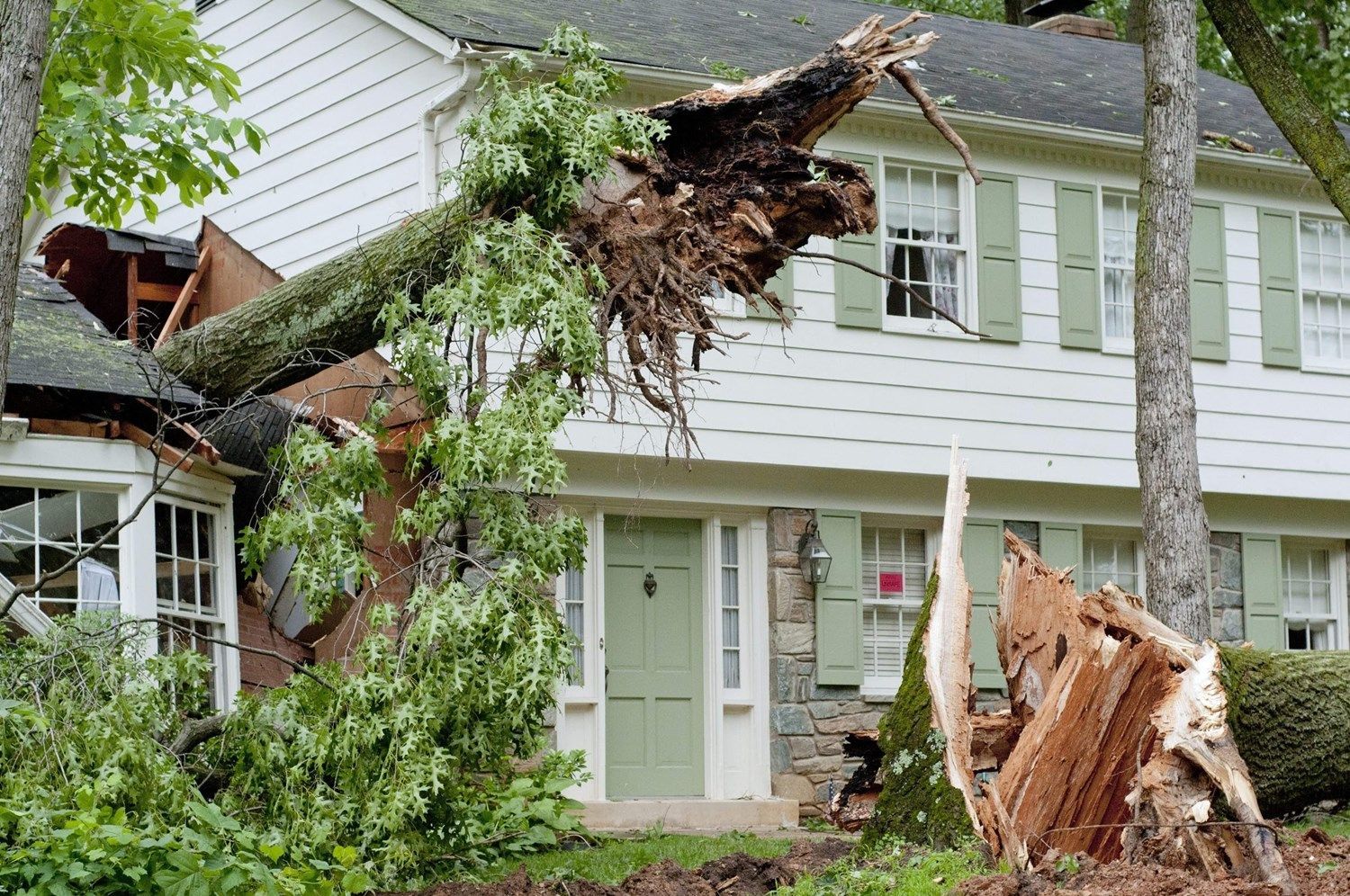"Simple Solutions for Senior-Friendly Kitchens"
A conventional residential kitchen lacks the necessary elements to support individuals aging in place, often posing challenges for seniors with mobility issues. Slippery floors, tight spaces, and inaccessible cabinets can turn everyday tasks into daunting challenges. However, by embracing aging-in-place kitchen design principles, it's possible to transform this essential space into a haven of safety and convenience for seniors.

1. Enhancing Mobility: Widening Doorways and Clearing Obstacles
The first step in crafting an aging-in-place kitchen is to ensure ease of movement. Widening doorways to accommodate wheelchairs and mobility aids is crucial for seamless navigation. By eliminating tripping hazards such as electrical cords and rugs, seniors can move freely without fear of accidents. Opting for non-slip flooring materials like ceramic or luxury vinyl enhances stability, providing a secure foundation for daily activities.
Widening doorways is a structural adjustment that may require professional assistance. However, it's a worthwhile investment in creating a safe and accessible environment for older adults. Additionally, maintaining clear pathways with ample space around islands, counters, and cabinets ensures easy maneuverability for individuals using wheelchairs or walkers.
2. Accessibility Matters: Making Essential Items Reachable
As mobility declines, reaching high shelves or bending down becomes increasingly challenging. Modifying cabinet heights and incorporating pull-out shelves ensures that essential items remain within reach. Lowering countertops and installing hands-free faucets further enhance accessibility, allowing seniors to comfortably engage in kitchen tasks from a seated position. Prioritizing easy access to commonly used items fosters independence and confidence in daily routines.
Accessible storage solutions, such as pull-out shelves and lazy Susans, maximize space and minimize the need for strenuous reaching or bending. Adjustable shelving allows for customizable storage configurations to accommodate changing needs over time. Moreover, incorporating contrasting colors and tactile indicators on cabinet handles and knobs aids individuals with visual impairments in locating items more easily.
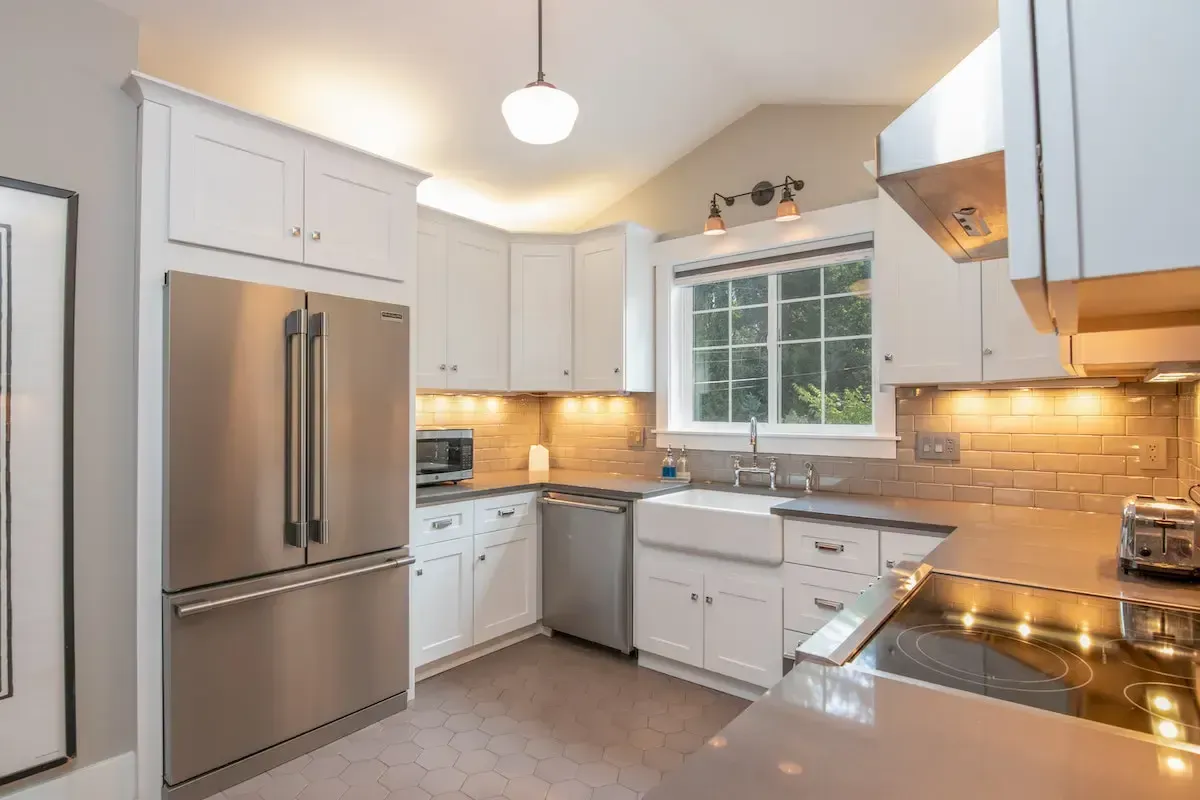
3. Illuminating the Path: Importance of Adequate Lighting
Proper lighting is paramount for seniors with reduced vision, particularly in a space as functional as the kitchen. Bright overhead lights coupled with under-counter lighting minimize shadows and enhance visibility, reducing the risk of accidents. Installing user-friendly switches and exploring smart lighting options further simplifies the experience, catering to individual needs and preferences. Incorporating natural light through windows or skylights not only brightens the space but also uplifts mood and well-being.
Strategically placed task lighting illuminates specific work areas, such as countertops and stovetops, to enhance safety and efficiency during food preparation. Dimmable lighting fixtures offer flexibility in adjusting brightness levels according to varying tasks and preferences. Additionally, motion-activated lights in key areas provide added convenience and energy efficiency, automatically illuminating pathways when entering the kitchen.
4. Streamlining Appliance Usage: Safety and Convenience
Navigating kitchen appliances can pose significant challenges for seniors, but thoughtful design adjustments can mitigate risks. Installing grab bars near stoves and reconfiguring appliance placement enhance stability and accessibility. Wall ovens set at ergonomic heights minimize bending and reaching, while smooth-top ranges with front-mounted knobs offer ease of use and simplified cleaning. Embracing user-friendly appliance designs empowers seniors to cook with confidence and peace of mind.
Accessible controls and indicators on appliances ensure ease of operation for individuals with limited dexterity or visual impairments. Lever-style handles and large, contrasting buttons enhance usability and reduce the risk of accidental burns or injuries. Moreover, incorporating appliances with advanced safety features, such as automatic shut-off timers and temperature sensors, further enhances kitchen safety for aging adults.
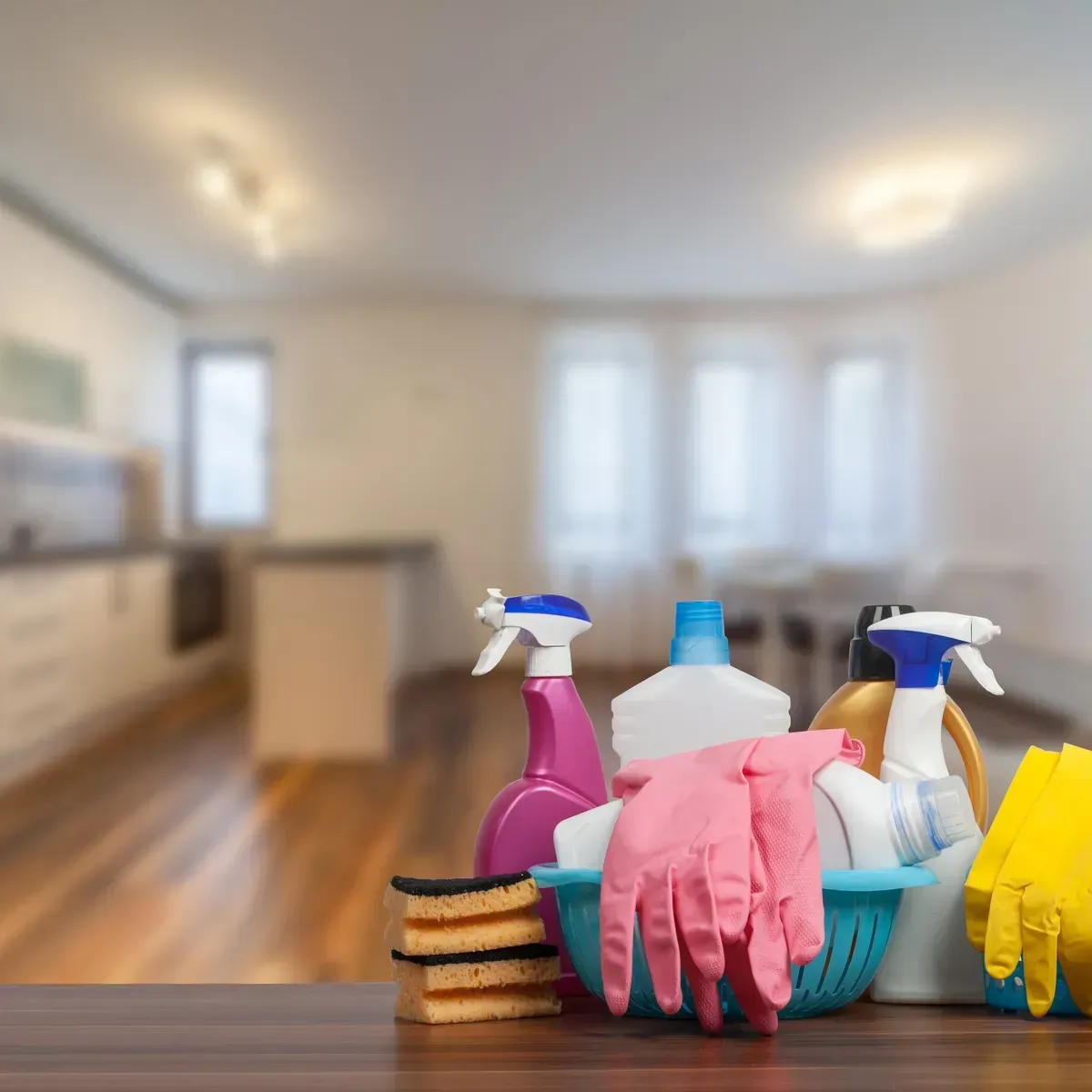
5. Simplifying Maintenance: Easy-to-Clean Solutions
Aging-in-place kitchen design extends beyond functionality to encompass ease of maintenance. Opting for low-maintenance countertop materials and relocating cleaning supplies to accessible areas streamline daily upkeep. Investing in lightweight cleaning tools with extended reach minimizes physical strain, making kitchen maintenance a manageable task. By prioritizing simplicity and practicality, seniors can enjoy a clean and organized kitchen environment effortlessly.
Durable and non-porous countertop materials, such as quartz and solid surface options, resist stains and bacterial growth, requiring minimal upkeep. Removable and washable sink mats protect dishes and utensils from damage while facilitating easy cleaning. Additionally, incorporating built-in storage solutions for cleaning supplies, such as pull-out drawers and slide-out trays, ensures quick access and efficient organization.
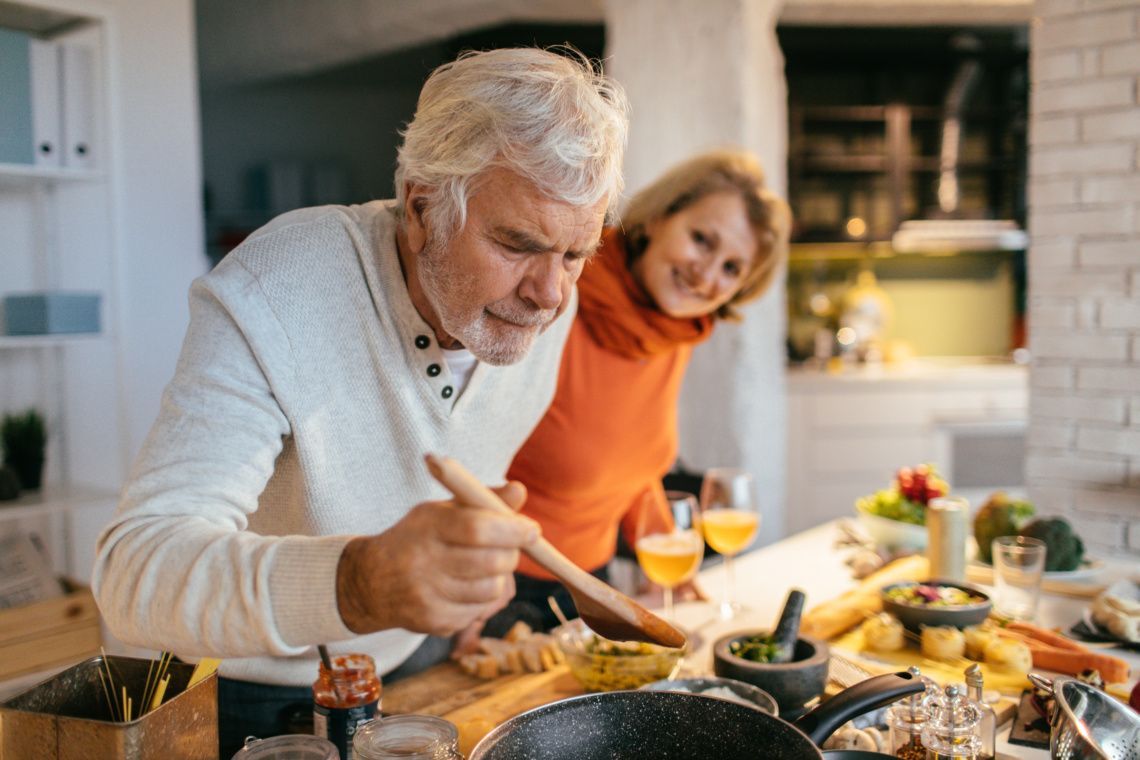
6. Embracing Aging in Place: Transforming Your Kitchen with Confidence
Creating a senior-friendly kitchen is a transformative endeavor that enhances quality of life and promotes independence. With the guidance of experienced professionals and a commitment to thoughtful design principles, homeowners can embark on this journey with confidence. Whether it's widening doorways, adjusting countertop heights, or upgrading lighting fixtures, every modification contributes to a safer and more accessible kitchen environment. Embrace the essence of aging in place design and unlock the potential for a vibrant, thriving kitchen that caters to all generations.
7. Ready to Make Your Kitchen Senior-Friendly?
When we make homes less challenging and safer, seniors can enjoy increased mobility and live the independent lives they love. Ready to transform your kitchen into a streamlined, user-friendly space? Handykeeper is uniquely qualified to provide handyman services designed for aging in place, featuring professionals with an average of 10 years of experience.
Whether you need kitchen design, remodeling, home repair, or maintenance, every service for peace of mind. Learn how your local Handyman can make aging-in-place kitchen design easier when you get a customized estimate today.
